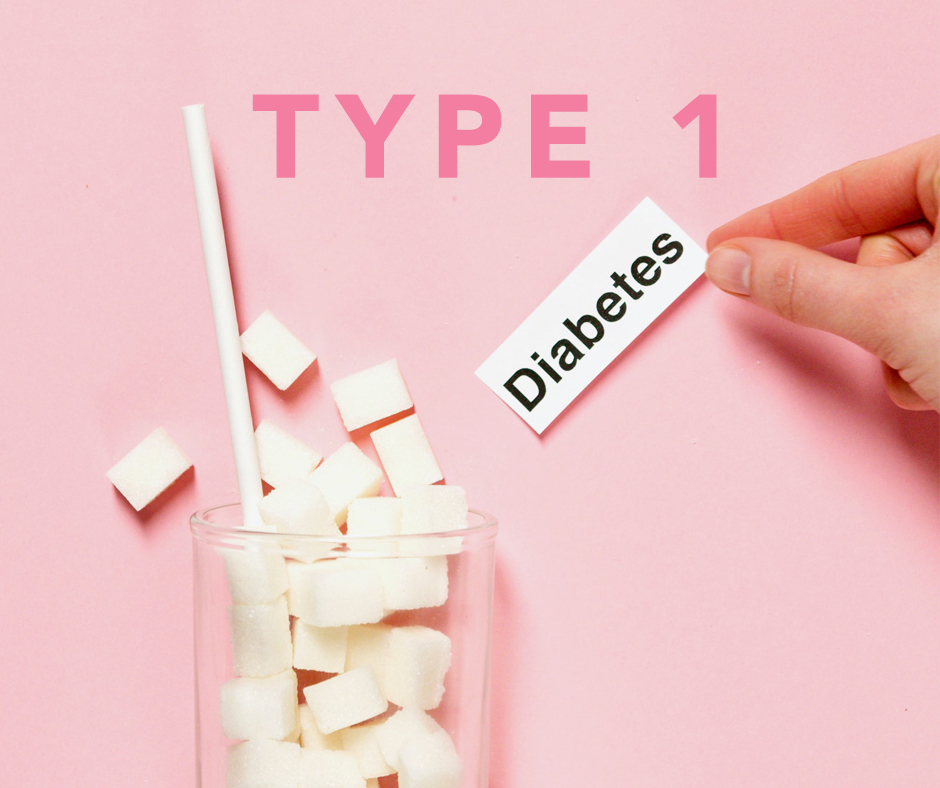More than 1.5 million Americans are currently living with type 1 diabetes, and experts expect that number to surpass five million in the next 30 years. Because it most commonly occurs in children, parents and caregivers should know the early warning signs of this potentially dangerous condition. Although it can’t be cured, early treatment that includes regular blood sugar monitoring and proper medication can allow those with type 1 diabetes to lead long and rich lives.
Symptoms You Should Know
Because type 1 diabetes typically occurs during childhood, it’s often up to parents and caregivers to spot the warning signs. This can be difficult, as many symptoms – like irritability or frequent urination – can be attributed to normal childhood behaviors, especially in babies and toddlers.
The good news is, type 1 diabetes has several common symptoms that can help determine the need for a visit to your doctor. Symptoms can arise quickly and include:
Frequent urination. When your blood sugar levels are too high, the kidneys increase urine production to flush out the excess glucose. This causes increased or frequent urination.
Increased thirst. Dehydration caused by frequent urination results in increased, and often extreme, thirst as the body tries to maintain proper fluid levels.
Bedwetting. The combination of increased thirst and frequent urination can cause children who are potty-trained to begin having accidents at night.
Extreme hunger. Without insulin, the body cannot properly convert glucose into the energy needed to fuel cells. Those with type 1 diabetes are often extremely hungry even after eating, a condition known as polyphagia.
Weight loss. When your body cannot use glucose for energy, it compensates by burning fat and muscle to get the fuel it needs. This can lead to dramatic weight loss, even if you haven’t changed your diet or fitness routine.
Fatigue. Extreme tiredness occurs when the body can’t use glucose to meet its energy needs. Those with type 1 diabetes may feel sudden and extreme fatigue when their blood sugar levels are high (and they need insulin) or low (and they need sugar).
Mood swings. Like the body, the brain needs glucose to function properly. Blood sugar levels that are too high or too low wreak havoc on your emotions, leading to sudden changes in mood. This can include irritability, sadness, nervousness, trouble concentrating, and even depression.
Blurred vision. High blood sugar causes the lens of the eye to swell, causing blurred vision. Once blood sugar levels fall, vision should return to normal.
Diabetic Ketoacidosis. When the body breaks down fat for fuel, it creates a byproduct known as Ketones. Diabetic Ketoacidosis (DKA) is an acute and life-threatening condition that occurs when ketones accumulate in the body. Symptoms can occur suddenly and include:
- nausea and vomiting
- abdominal pain
- excessive thirst
- fruity-scented breath
- confusion
- trouble breathing
In some cases, diabetic ketoacidosis occurs before a diagnosis of type 1 diabetes. If you or your loved one experience any symptoms of DKA, seek emergency treatment immediately.

